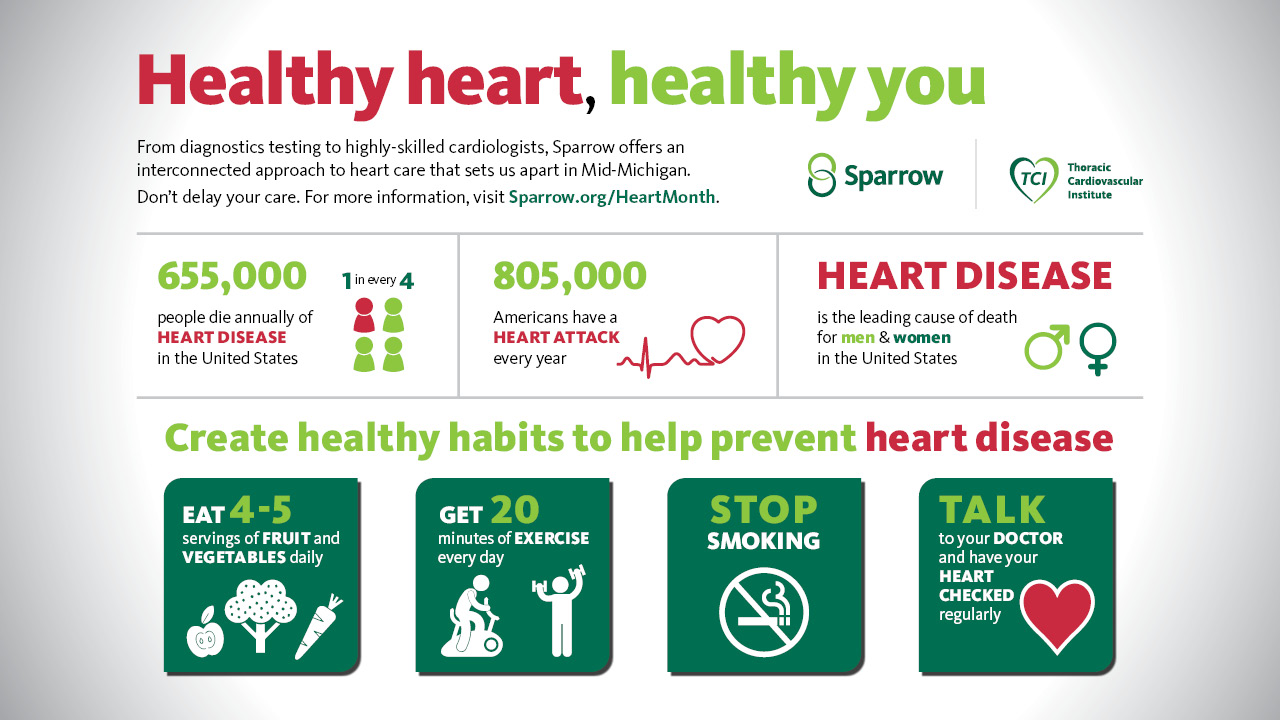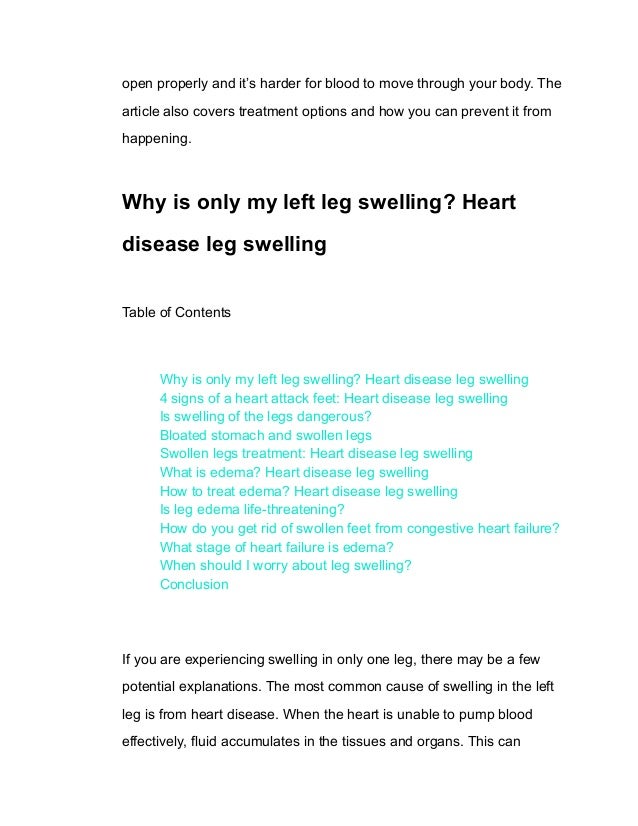5 Early Warning Signs of Heart Disease at Age 45+

5 Early Warning Signs of Heart Disease at Age 45+
Heart disease remains a leading cause of mortality worldwide, and recognizing early warning signs is crucial for timely intervention. For middle-aged individuals aged 45 and older, understanding these signs can empower them to take proactive measures to protect their health. Below are five key early warning signs of heart disease tailored to this demographic.

1. Chest Discomfort or Pain
Chest discomfort is one of the most common indicators of heart disease. It often manifests as tightness, pressure, or pain in the chest, which may feel like an elephant sitting on you or a burning sensation. This discomfort can occur during physical activity or at rest and may last for several minutes. If the pain spreads to other areas like the arms, neck, jaw, or back, it could signal a heart attack or angina caused by blocked arteries .7 .13.
Why It Matters: Middle-aged adults often dismiss chest pain as indigestion or stress. However, persistent or severe discomfort should never be ignored. Seeking medical attention promptly can prevent life-threatening complications.
2. Shortness of Breath
Difficulty breathing during physical activity or even at rest could indicate heart failure or coronary artery disease. Shortness of breath occurs when the heart struggles to pump blood efficiently, causing fluid buildup in the lungs. This symptom may also be accompanied by fatigue or swelling in the legs and ankles .2 .7.
Why It Matters: As people age, they may attribute shortness of breath to aging or lack of fitness. However, unexplained breathlessness warrants evaluation by a healthcare provider to rule out underlying cardiac issues.
3. Extreme Fatigue
Feeling unusually tired despite adequate rest is another warning sign of heart disease. Fatigue often results from reduced blood flow due to narrowed arteries, making it difficult for the body to meet its energy demands. This symptom may precede other signs like chest pain or shortness of breath .2 .13.
Why It Matters: Middle-aged adults often juggle work and family responsibilities, making it easy to overlook fatigue as a sign of heart trouble. Persistent exhaustion should prompt a discussion with a doctor.
4. Fluttering Sensations in the Chest (Arrhythmias)
Irregular heartbeats, known as arrhythmias, can feel like fluttering or pounding in the chest. These sensations may occur sporadically or persistently and are often accompanied by dizziness or lightheadedness. Arrhythmias can signal problems such as atrial fibrillation, which increases the risk of stroke and heart failure .2 .13.
Why It Matters: Many individuals over 45 dismiss occasional palpitations as harmless stress responses. However, frequent episodes should be evaluated to prevent complications like blood clots.
5. Swelling in Legs, Ankles, or Abdomen
Swelling (edema) in the lower extremities and abdomen is a subtle yet important sign of heart disease. It occurs when fluid accumulates due to poor circulation caused by weakened cardiac function. Neck vein swelling may also accompany these symptoms .2 .7.
Why It Matters: Swelling is often mistaken for weight gain or prolonged sitting but could indicate heart failure if persistent or worsening.
Risk Factors Associated with Heart Disease
While recognizing symptoms is vital, understanding risk factors can help individuals prevent heart disease altogether:
-
High Cholesterol: Elevated LDL levels contribute to plaque buildup in arteries .12.
-
Hypertension: High blood pressure strains the heart over time.
-
Diabetes: Poorly managed diabetes increases cardiovascular risks .1.
-
Lifestyle Choices: Smoking, sedentary habits, and unhealthy diets exacerbate risks.
-
Family History: Genetic predisposition plays a significant role in developing heart disease.

Preventive Measures
Middle-aged adults can reduce their risk through lifestyle changes:
-
Exercise Regularly: Aim for at least 30 minutes of moderate activity daily .10.
-
Healthy Eating: Adopt a Mediterranean-style diet rich in fruits, vegetables, whole grains, and lean proteins .10.
-
Manage Stress: Practice mindfulness techniques like yoga and meditation.
-
Routine Checkups: Monitor cholesterol levels, blood pressure, and glucose regularly.
-
Quit Smoking: Smoking cessation dramatically lowers cardiovascular risks.

Conclusion
Heart disease often develops silently but presents warning signs that middle-aged adults should not ignore. By recognizing symptoms such as chest discomfort, shortness of breath, fatigue, arrhythmias, and swelling—and addressing risk factors—individuals aged 45+ can take control of their health and improve their quality of life.
Encourage your readers to consult healthcare professionals for personalized advice and screenings tailored to their unique needs. Early detection saves lives!













